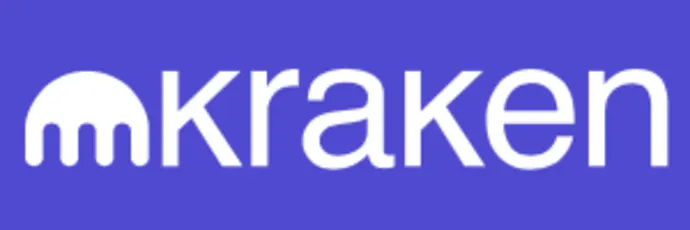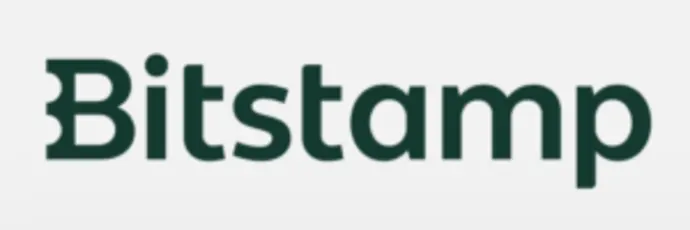What to Know
- Hashgraph is developing HashSphere, a private, permissioned blockchain designed for enterprises in highly regulated industries, set to launch in Q3 2025.
- The platform aims to bridge private and public distributed ledgers, offering banks, asset managers, and payment providers a secure and cost-effective solution for cross-border stablecoin transactions.
- HashSphere integrates Hedera’s existing tools, is Ethereum Virtual Machine (EVM)-compatible, and is already working with early adopters, including Australian Payments Plus, Australia’s national payment scheme operator.
Hashgraph’s Private Blockchain Solution for Institutional Use
Hashgraph, the organization behind the Hedera (HBAR) network, is set to launch HashSphere, a private, permissioned blockchain tailored for enterprises operating in highly regulated industries. The initiative is designed to meet strict compliance requirements while leveraging the benefits of blockchain technology. The project is expected to go live in Q3 2025 and aims to enhance efficiency, security, and transparency in financial transactions.
Unlike public blockchains, which are often decentralized and fully open, HashSphere is permissioned, meaning only verified institutions can participate. This approach is particularly beneficial for financial entities, such as banks, asset managers, and payment providers, that require strict regulatory adherence while utilizing distributed ledger technology (DLT).
Bridging Private and Public Blockchain Networks
One of HashSphere’s key goals is to connect private and public blockchains, enabling seamless transactions between institutions while maintaining regulatory compliance. This is particularly useful for companies dealing with stablecoins, tokenized assets, and cross-border payments, as it offers a low-cost and efficient way to process transactions securely.
For financial institutions, meeting Know Your Customer (KYC) and Anti-Money Laundering (AML) requirements is crucial. HashSphere addresses this by ensuring that all participants in the network are verified entities. This allows banks and asset managers to develop and manage tokenized financial products, launch AI-powered blockchain services, and streamline their digital asset operations without the regulatory concerns that often accompany public blockchain use.
Features and Capabilities of HashSphere
HashSphere is designed to work seamlessly with Hedera’s existing blockchain tools, ensuring smooth integration with established digital asset infrastructures. Some of its key features include:
- Hedera Token Service (HTS): Enables institutions to manage and issue stablecoins, tokenized assets, and financial instruments securely.
- Hedera Consensus Service (HCS): Provides a trusted and verifiable timestamping mechanism for recording transactions and compliance tracking.
- Ethereum Virtual Machine (EVM) Compatibility: Allows developers to create and deploy decentralized applications (dApps) using Solidity and other EVM-supported languages.
By offering Ethereum compatibility, HashSphere ensures that institutions and developers familiar with Ethereum-based smart contracts can easily transition to using Hedera’s permissioned network, expanding its adoption potential.
Early Adoption and Industry Interest
Hashgraph has already secured early institutional partners for HashSphere, signaling strong interest from financial institutions seeking secure and regulatory-compliant blockchain solutions. One of the first organizations to explore HashSphere is Australian Payments Plus, the national payment scheme operator in Australia.
Early adoption by such institutions highlights the growing demand for hybrid blockchain models that combine the best aspects of public and private networks. The ability to transact stablecoins across public Hedera, private HashSphere, and other Layer-1 protocols makes HashSphere a promising infrastructure for future enterprise blockchain solutions.
The Future of Institutional Blockchain Adoption
With its upcoming launch, HashSphere represents a major step forward in the institutional adoption of blockchain technology. As regulatory scrutiny continues to increase, enterprises require secure, transparent, and compliant solutions for managing digital assets and processing cross-border transactions.
Hashgraph’s focus on interoperability between private and public blockchain environments ensures that institutions won’t have to choose between security and decentralization—they can leverage both.
As HashSphere’s launch approaches in Q3 2025, the financial industry will be closely watching how this hybrid approach reshapes the way regulated entities engage with blockchain technology.
 Start Trading
Start Trading Start Trading
Start Trading Start Trading
Start Trading Start Trading
Start Trading Start Trading
Start Trading Start Trading
Start Trading Start Trading
Start Trading Start Trading
Start Trading

Comments (0)
Loading...